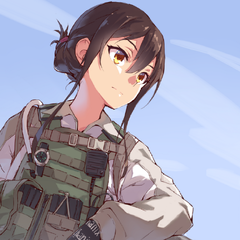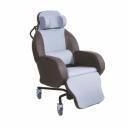I'm not sure if there will be any problems if I upgrade the laptop's HHD to SSD
If you are careful to make sure you select the correct source and destination drives it should be fine. Make sure you are cloning the old HDD to the new SSD, not the other way around or you'll overwrite the old drive with the (empty) contents of the new drive.
The only other issues would be if for some reason the new drive is not marked as active or bootable (which is easily fixable).
I do this all the time, beats re-installing and configuring Windows from scratch in terms of time and effort.
The last part of the video is optional. It is just clearing out the old drive so you can use it for something else (or as @Dedayog said, making sure the old drive containing the original Windows doesn't get booted from by mistake.)
If you take the old drive out of the system before booting, you can just skip that last step. That way if something does go wrong you still have the original drive in tact if you need to attempt the clone again.
So either leave the old drive out of the laptop until you are confident that everything went well, or go into the BIOS boot menu of the laptop and set it to boot off the new drive. If all is well, then you can wipe the old drive using your PC or laptop or whatever.
Generally when you clone a drive, you want the destination drive to be blank/unallocated and the cloning software will take care of it for you. If the new drive is bigger than the old drive, do not do a "sector-by-sector" clone or you will end up with a Windows partition the same size as the old drive, and then unallocated space for any space beyond the size of the old drive.


.png.255947720031a641abdac78e663b681c.png)














Create an account or sign in to comment
You need to be a member in order to leave a comment
Create an account
Sign up for a new account in our community. It's easy!
Register a new accountSign in
Already have an account? Sign in here.
Sign In Now